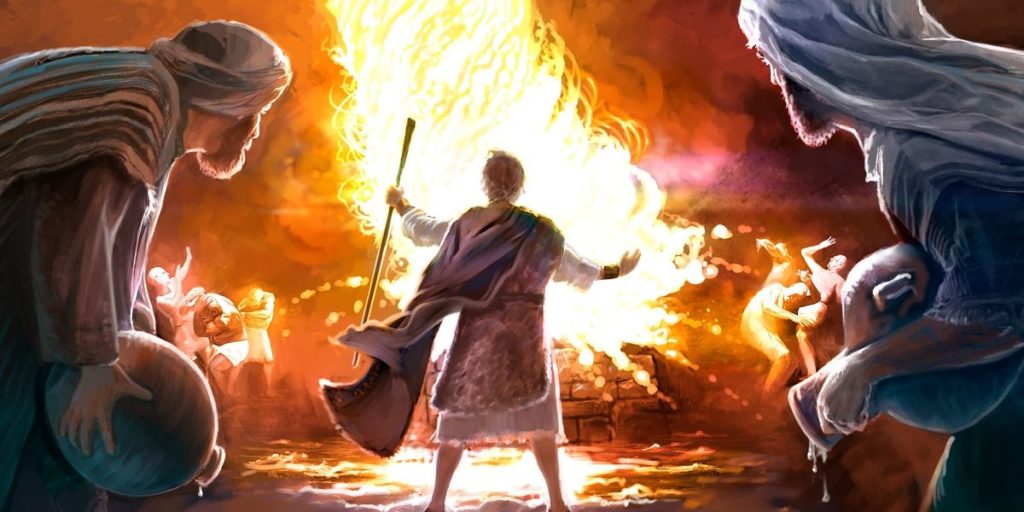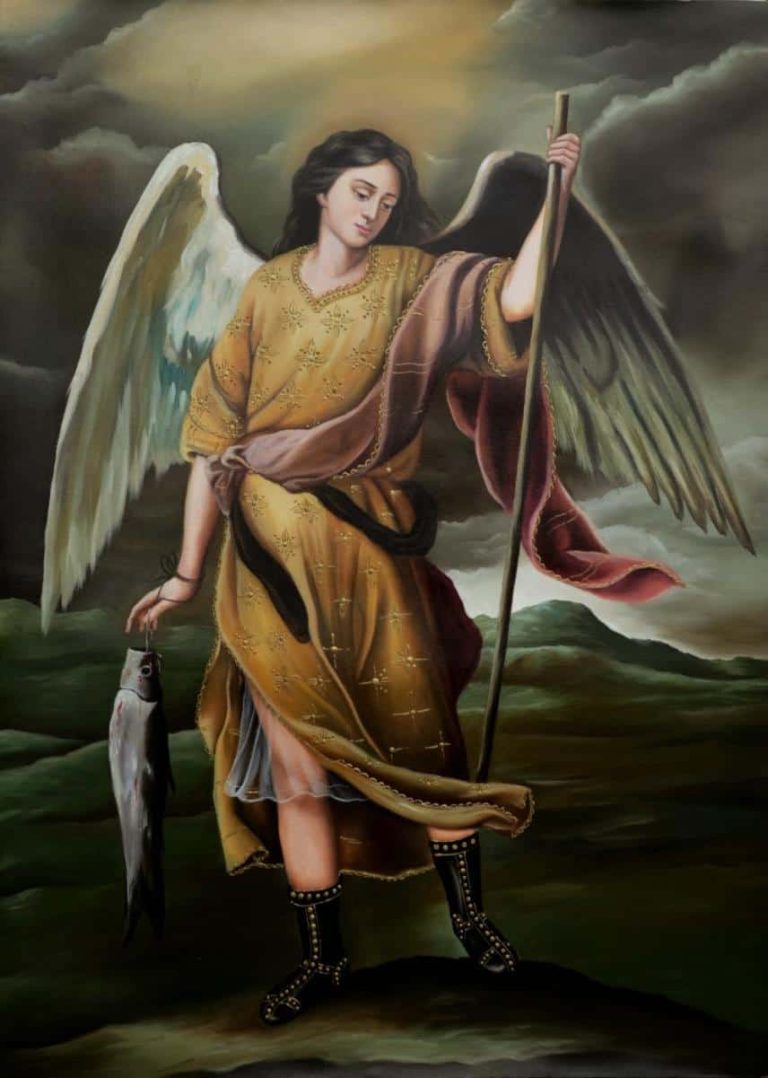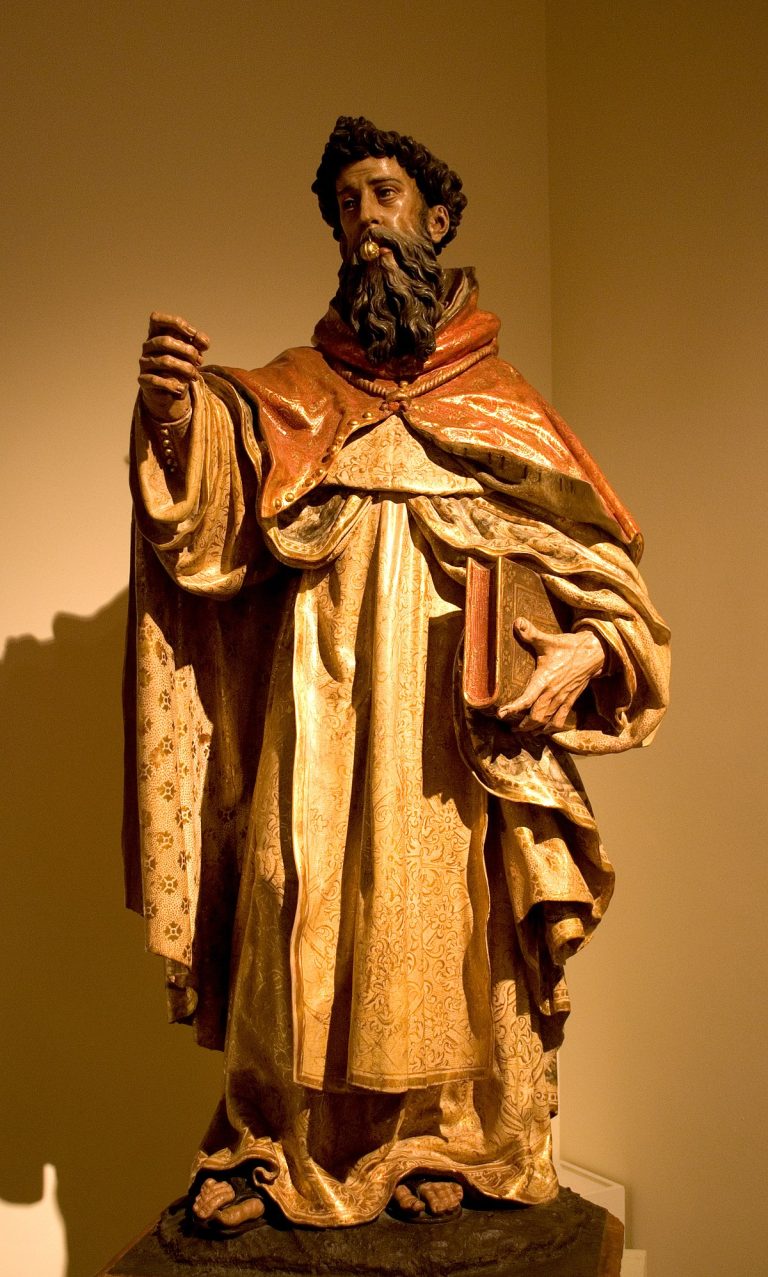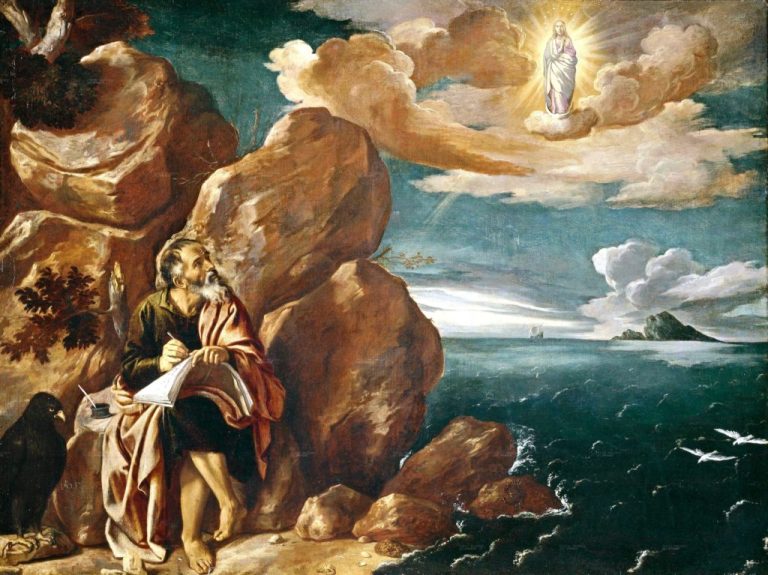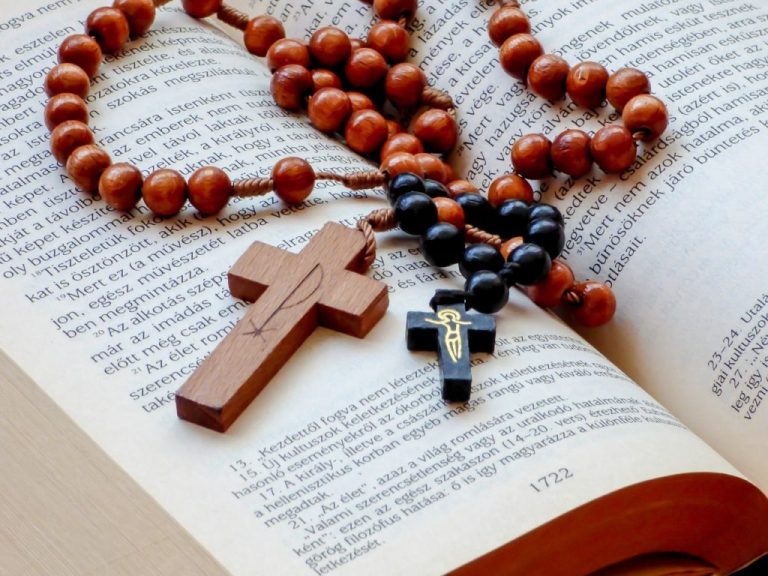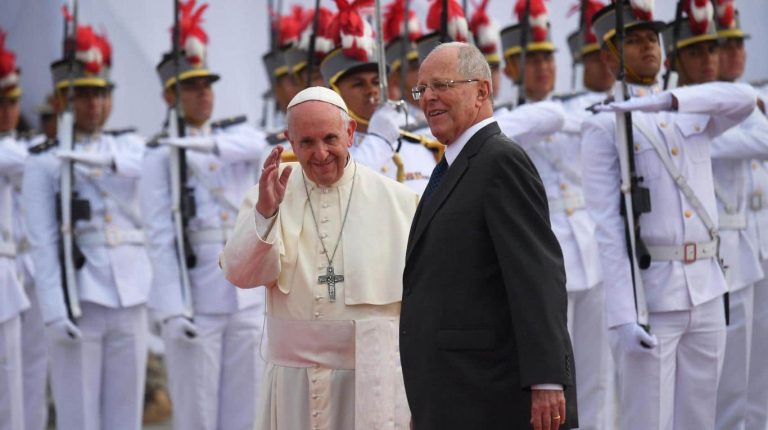Mount Carmel, do not Stop Visiting it in Israel
Mount Carmel , a place that has come to mark the history of the Bible, when Elijah was in this world, since in that place the power of God over the other pagan gods was demonstrated. In the following article we will know everything about this place and part of its history.
Mount Carmel
Mount Carmel , in the Hebrew language, הר הכרמל [Har ha’Karmel]; in the Arabic language, جبل الكارمل [Jabal al-Karmil]) consists of a mountain range in the regions of Israel on the Mediterranean Sea; It is well known for what is the appearance of the Virgen del Carmen today.
Mount Carmel has a triangular shape, which reaches about 26 km long and approximately 7 km wide and its maximum height reaches about 550 meters. The city of Haifa is partially located on Mount Carmel, as other small cities come to be:
- Nesher
- Tirat Karmel
Its coordinates become 32º 50′ North latitude and 35º East longitude. The name of this mountain comes from saying “garden” (Karmel in Arabic) or “vineyards of God” (Karem El in Hebrew). In ancient times it was covered by vineyards and was always very famous for its fertility.
A well-known 3rd-4th century AD Syrian philosopher named Iamblichus was the one who wrote that Mount Carmel was “the holiest of all mountains.” The caves located on Mount Carmel that are known as the Nahal Me’arot Caves, were declared a World Heritage Site by UNESCO in 2012.
Inspired by the prophet Elijah, during the 12th century, a group of men, possibly hermits or crusaders, founded the Order of Carmelites on Mount Carmel. These are the ones that would bring to the world in successive centuries the current widespread devotion to the Lady of Mount Carmel, who is generally referred to as the Virgen del Carmen.
It was on this mountain that the prophet Elijah was praying for rain to fall on that place during the reign of King Ahab and it was on this very spot that the 450 prophets of Baal gathered against the Prophet Elijah . We can corroborate this in the book of 1 Kings 18:20-40 which says:
“20 Then Ahab summoned all the children of Israel, and assembled the prophets on Mount Carmel. 21 And Elijah approaching all the people, he said: How long will you waver between two opinions? If Jehovah is God, follow him; and if Baal, go after him. And the people did not answer a word. 22 And Elías returned to say to the town: Only I have been prophet of Jehovah; but of the prophets of Baal there are four hundred and fifty men.
23 Give us, therefore, two oxen, and let them choose one, and cut it into pieces, and put it on wood, but do not put fire under it; and I will prepare the other ox, and I will put it on wood, and I will not put any fire under it. 24 Then you call on the name of your gods, and I will call on the name of the Lord; and the God who answers by fire, let him be God. And all the people answered, saying: Well said.
25 Then Elías said to the prophets of Baal: Choose an ox, and prepare it you first, because you are the most; and call on the name of your gods, but put no fire under it. 26 And they took the ox that was given them and prepared it, and they called on the name of Baal from morning until noon, saying: Baal, answer us! But there was no voice, no one to answer; meanwhile, they were jumping near the altar they had made.
27 And it happened at noon, that Elijah mocked them, saying: Shout out loud, because he is God; maybe he is meditating, or he has some job, or he is on his way; maybe he sleeps, and we have to wake him up. 8 And they cried out with loud voices, and cut themselves with knives and with lancets according to their custom, until the blood gushed over them.
29 Midday passed, and they kept shouting frantically until it was time to offer the sacrifice, but there was no voice, no one to answer or listen. 30 Then Elijah said to all the people: Approach me. And all the people came to him; and he fixed the altar of Jehovah that was broken down.
31 And Elijah took twelve stones, according to the number of the tribes of the sons of Jacob, to whom the word of the Lord had been given, saying, Israel shall be your name, 32 with the stones he built an altar to the name of the Lord; then he made a trench around the altar, in which two measures of grain would fit. 33 He then prepared the wood, and cut the ox into pieces, and put it on the wood.
34 And he said: Fill four pitchers with water, and pour it on the burnt offering and on the wood. And he said: Do it again; and again they did. He said again: Do it the third time; and they did it the third time, 35 so that the water ran around the altar, and the ditch was also filled with water.
36 When the time came for the burnt offering to be offered, Elijah the prophet approached and said, “O LORD God of Abraham, Isaac, and Israel, let it be known today that you are God in Israel, and that I am your servant, and that by command Yours have I done all these things. 37 Answer me, O LORD, answer me, so that this people may know that you, O LORD, are God, and that you turn their hearts back to you.
38 Then the fire of the LORD fell, and consumed the burnt offering, the wood, the stones, and the dust, and even licked up the water that was in the ditch. 39 When all the people saw it, they prostrated themselves and said: The Lord is the God, the Lord is the God! 40 Then Elijah said to them, Take hold of the prophets of Baal, so that no one escapes. And they caught them; and Elijah led them to the brook Kishon, and there he slaughtered them.”
1 Kings 11:20-40
History
It is mentioned in the Old Testament book of the Bible. According to the story of chapter 18 of the First Book of Kings, it is in this place where the prophet Elijah shows that Yahweh or Jehovah is the true God of the entire universe. The Altar had become totally destroyed, so Elijah had to gather about 12 stones which was 1 for each Tribe of Israel, with which he rebuilt the altar.
It was an altar that had been built since the time of the judges and was called the “Altar of Karmel”. According to the great historians, Vespasian consulted him (according to the notes of the Kadosh Israelite Messianic Translation, by Diego de Ascunce in 2003) The Catholic religious order of the Carmelites was founded on Mount Carmel during the twelfth century by a group, their origin is not known, whether they were pilgrims, hermits or crusaders.
The order grew to such an extent that it became one of the largest Catholic religious orders. Carmelite tradition suggests that a community of Jewish hermits came to live on Mount Carmel at the time of the prophet Elijah even though there is no clear documentary evidence that such a community actually existed on such a site.
During the Great War, Mount Carmel came to play a very important role at a strategic level. The Battle of Megiddo, which took place nearby, became the turning point that tipped the faithful to the British side.
Just one step from the top of Mount Carmel to the entrance to the Jezreel Valley, where the Battle of Armageddon will take place according to many Christian interpretations.
On the shores of Mount Carmel in the heart of Haifa you will find the Shrine of the Báb, the place where the mortal remains of the prophet the Báb were buried in 1909 and whose external structure was completed in the years 1950. This same mausoleum is surrounded by some 18 landscaped terraces, next to the Bahá’í World Center, and they form the administrative and spiritual center of the Bahá’í World Community.
The location of the 2 buildings was designated by Bahá’u’lláh, who was the founder of the Bahá’í Faith, on the Tablet of Carmel. The Shrine of the Báb becomes one of the main tourist attractions in Haifa. The mountain is considered sacred and a place of pilgrimage for all Bahá’ís from all over the world. In addition, since 2008 it has represented a World Heritage Site.
At present the Essenes groups came to point out that Mount Carmel was the spiritual fortress of the B’nai-Amen temple, of the northern Essene movements – the “Nazarenes” – which are described by Epiphanius of Salamis, the Father of the Church, in his Panarion (1:18) and which was later briefly noted by the historian Flavius Josephus in his War of the Jews.
Excavations on Mount Carmel in 1958 discovered what appears to be the altar of Elijah, as well as the cave where he lived and the fountain of Elijah, and finally the remains of an ancient monastery.
Tabun
From the year 1930 to 1932, on Mount Carmel, Dorothy Garrod came to discover the remains of Neanderthals and moderns in the Carmel caves el-Wad, el-Tabun and also es-Skhul.
Photographers and different newspapers came to document in 1932 the discovery on Mount Carmel of a kind of Neanderthal female skeleton, Tabun, one of the most important human fossils that have been discovered to date. The Tabun excavation went on to produce a stratigraphic record in the region spanning some 600,000 years or more of human activity.
Other Uses of the Name
Mount Carmel became widely known as the sacred mountain, originally to the Jewish, Christian and Baha’i religions, the ancient Essenes, and is a place that has come to influence the names of other places. , of religious movements and in literature throughout the world. Some of the other mountains and places around the world have come to be called Carmel, because of this biblical mountain.
Geographic Significance
This is where you get to see the south side of Mount Carmel close to the coast. Mount Carmel became important in ancient times acting as a kind of traffic barrier along the coastal plain. The limestone mountain reaches 1,500 feet (457 meters) high and served as a kind of obstacle for armies and merchants traveling to the Jezreel Valley.
Beauty Symbol
In the Bible, Mount Carmel is repeatedly described as being a symbol of beauty and fertility. To have “the beauty of Carmel” was to become truly blessed, as can be read in the book of the prophet Isaiah 35:2. Solomon praised his beloved wife saying:
“Your head held high, like Carmel” Book of Songs 7:5. However, if Carmel were to wither it would be a sign of devastating judgment, as Nahum 1:4 says.
Elijah’s Competition
This becomes probably the best view of Elijah’s area of competence, leading to the assumption that the tradition becomes true. The Muhraga monastery is located at the top of the hill, however, tradition describes that the competition became a little further down near a spring.
The multitudes of Israel climbed Mount Carmel to fill the entire vast territory in order to see how God won against the Baals.
Elijah’s Victory
The statue in the Carmelite monastery comes to reflect the victory of the Lord over the prophets of Baal. Shortly after the fire fell from heaven and came to consume the sacrifice, the altar and even the water. Elijah later had the prophets of Baal slaughtered at the Kishon brook because it should have been done long before.
Steps of Mount Carmel
Because Mount Carmel is located in the middle of the International Highway sometimes also called Via Maris, there are about 3 passes through the middle of the mountain that became of great importance in ancient times. There are photos showing the “Jokneam Pass” from the Tell Jokneam viewpoint. The steps became very easy to watch as they were narrow.
Druze Community
There are currently about 2 Druze villages on Mount Carmel. The Druze religion becomes a branch of the Islamic faith from the year 1000 AD The Druze came to speak the Arabic language, which also inhabit the hills of Galilee and the Golan Heights and come to maintain good relations with the Jews on Israel’s Mount Carmel . They are generally persecuted by Muslims.
Mount Carmel: Stella Maris Sanctuary
On the occasion of the feast of Carmen, many come to publish documents on Mount Carmel, which brings to mind Elijah and Eliseus, the 2 great prophets of the Old Testament; It also recalls the birth of the Order of Carmel, whose tradition of the scapular is very widespread.
Footprints of Our Faith
The Lord Jesus came to visit large cities and villages in Palestine during the 3 years of his public life, announcing the Kingdom of God. His itinerant ministry was achieved above all around the Sea of Gennesaret, in the regions of Jerusalem and in the trips between these 2 places, from north to south and from south to north, along the route that followed the course of the Jordan or through Samaria.
The evangelists are the ones who have transmitted in the same way that on one occasion it was removed beyond the confines of Galilee, to the region of Tire and Sidon, which was what constituted ancient Phoenicia and is currently the Lebanon ( Biblical quotes Mt 15, 21 and Mc 7, 24); however, there is no news that it reached the Mediterranean coast, where the population was mostly gentile.
Mount Carmel is located in that place, linked especially to what is the memory of Elijah and Elisha, the 2 great prophets of the Old Testament; and already in the Catholic era, at the birth of the Order of Carmel.
The history of Carmel is closely linked to the prophet Elijah, who came to live in the 9th century before Christ.
View of El Alto – Muhraqa
This kind of fertility has always become proverbial, and in the different books of the Old Testament where it appears as the symbol of Israel’s prosperity, or equally of its misfortune, in case of desolation:
“The Lord roars from Zion, raises his voice from Jerusalem. The sheepfolds of the shepherds are in mourning, the summit of Carmel dries up”.
(Am 1, 2. Cf. Is 33, 9 and 35, 2; Jr 50, 19; and Na 1, 4).
Moreover, there are many caves that are more than a thousand, especially to the west, with a narrow opening, however, with a large capacity.
As we highlighted earlier, the history of Carmel is closely linked to the prophet Elijah, who lived in the 9th century before Christ. According to the traditions collected by the Holy Fathers and also by ancient writers, many places are those that preserved the memory of his presence:
- A grotto on the north slope
On the cape of Haifa, where first he and then Elisha made his home; near that place, the place where his disciples met, called by Christians the School of the Prophets and in the Arabic language also El Hader; in the same area, towards the west, a spring known as the Elías fountain, which he himself would have come to sprout from the rock; and in the southeast of the massif, the top of El-Muhraqa and also the Qison stream, where he fought against the 450 prophets of Baal.
Because of his prayer, God made fire come down from heaven and in this way the people abandoned idolatry, according to what is related in the book of 1 Kings 18:19-40, at the beginning of this article we recounted the verses mentioned here.
The Remains Found in Wadi es-Siah Date Back to the 12th and 17th Centuries
In these places that have been venerated since the dawn of Christianity, where churches and also monasteries had been built in memory of Elijah, the Order of Carmel was born.
Its origin dates back to the second half of the twelfth century, when Saint Bertoldo de Malafaida, a crusader of French origin, came to gather around him certain hermits who came to live scattered in El Hader, specifically in the area Mount Carmel near Haifa.
They built a sanctuary there and later, around 1200, another on the western slope at Wadi es-Siah. Saint Brocardo, who was Bertoldo’s successor as prior, in the early years of the 13th century came to ask the Patriarch of Jerusalem for official approval and a rule that would organize his religious life of solitude, asceticism and also contemplative prayer: it is the Rule of Carmen that is also called the Rule of our Savior, in force to this day.
Image of the Prophet Elijah Standing Outside the El-Muhraqa Shrine
Recounting the history of the Order of Mount Carmel would become lengthy. As far as the Holy Land is concerned, it would suffice to say that, except for a parenthesis in the seventeenth century, it could not be re-established on Mount Carmel until the beginning of the nineteenth. Between the years 1827 and 1836, it was built on the northern point, on top of a grotto that came to remember the presence of Elijah, which is the current monastery and also the sanctuary of Stella Maris:
As well as the little cloud that Elijah’s servant glimpsed which brought the rain that would fertilize the land of Israel, after the episode of the false prophets, in the same way that Christ was born from the Virgin Mary, through whom the grace of God it spilled over the whole earth. The buildings, of 3 heights, are those that form a rectangular complex of about 60 meters long by 36 wide.
Towards the north, the view of Haifa Bay becomes magnificent, and even on clear days the Acre can be distinguished following the coastline. The church is accessed from the west façade: the central space is octagonal and is covered by a kind of dome decorated with scenes of Elijah and the other prophets, the Holy Family, the Evangelists and some of the saints. Carmelites. The paintings were made in 1928.
Under the Altar, a Cave Remembers the Presence of the Prophet Elijah in Carmel
Apart from Stella Maris, the Carmelite Order usually has another sanctuary on the southern tip of Mount Carmel, in El-Muhraqa, which is known as the Sacrifice of Elijah: which recalls the episode of the prophets of Baal before referred. However, of the ancient monastery that was founded in Wadi es-Siah at present Nahal Siakh only ruins of them remain.
Scapular Custom
Over the centuries, the Order of Carmel has come to donate to Christianity a great and innumerable amount of spiritual treasures: just think of the exemplary lives and teachings of Saint Teresa of Ávila, also Saint John of the Cross or Saint Therese of Lisieux, the 3 appointed Doctors of the Catholic Church.
Among these riches, the custom of the scapular stands out in the same way, which Saint Josemaría lived and spread:
“Carry on your chest the holy scapular of Carmen. Few devotions are many and very good Marian devotions have such deep roots among the faithful, and so many blessings from the Pontiffs. Besides, that Saturday privilege is so maternal!”
road, no. 500.
Image of Our Lady of Mount Carmel by Stella Maris
The scapular is what assures those who wear it with piety 2 prerogatives: help to persevere in good until the moment of death and release from the pain of purgatory. The beginning of this devotion is given in the year 1251, during a moment of special contradiction for the Order, which came to take its first steps in the regions of Europe.
Saturday Privilege
The second prerogative is well known as the Saturday privilege, which comes from a medieval tradition. The Apostolic See was established in the year 1613 by means of a decree that the Christian people can piously believe in the help of the Blessed Virgin to the souls of the friars and also of the brothers of the Order of Carmel who have come to die in grace.
That they have worn the scapular, they have also observed chastity according to their state, and have prayed the Little Office or if they do not know how to read they have come to keep the fasts and abstinence that were established by the Church; and that Our Lady will act with her protection especially on Saturdays, on the day dedicated by the Church to the Mother of God.
At the North End of Mount Carmel, stands the current Stella Maris Monastery and Sanctuary
That is to say, the Saturday privilege is supported by a kind of truth of the common Christian doctrine: the maternal request of the Holy Mary to be able to make the children who expiate their guilt in purgatory manage to reach as soon as possible her intercession to the glory of Heaven.
At the same time that the Order of Carmel was developing, especially in the 16th and 17th centuries, thanks to various reforms, its brotherhoods were also extended. Therefore, they attracted many faithful and devotees who, without embracing religious life, came to participate in the devotion to Our Lady spread by Carmelite spirituality. What they manifested wearing the scapular, which came to be simplifying its shape until it became 2 squares of cloth joined by ribbons to put it around the neck.
The Stella Maris Sanctuary was built between 1827 and 1836
The Stella Maris sanctuary was built between 1827 and 1836. These ideas are contained in the words pronounced by the celebrant in the blessing of the scapular:
“God, look with kindness on these servants of yours, who devoutly receive this scapular in praise of the Most Holy Trinity in honor of the Virgin Mary, and make them be the image of Christ, your Son, and thus, happily ending their passage through this life, with the help of the Virgin Mother of God, be admitted to the joy of your mansion.

Hello! Let me enthusiastically introduce myself as a dedicated blogger fueled by an intense passion for meticulously crafting insightful and well-researched blogs. My mission revolves around providing you, dear readers, with a veritable treasure trove of invaluable information.

